Reform aquaculture
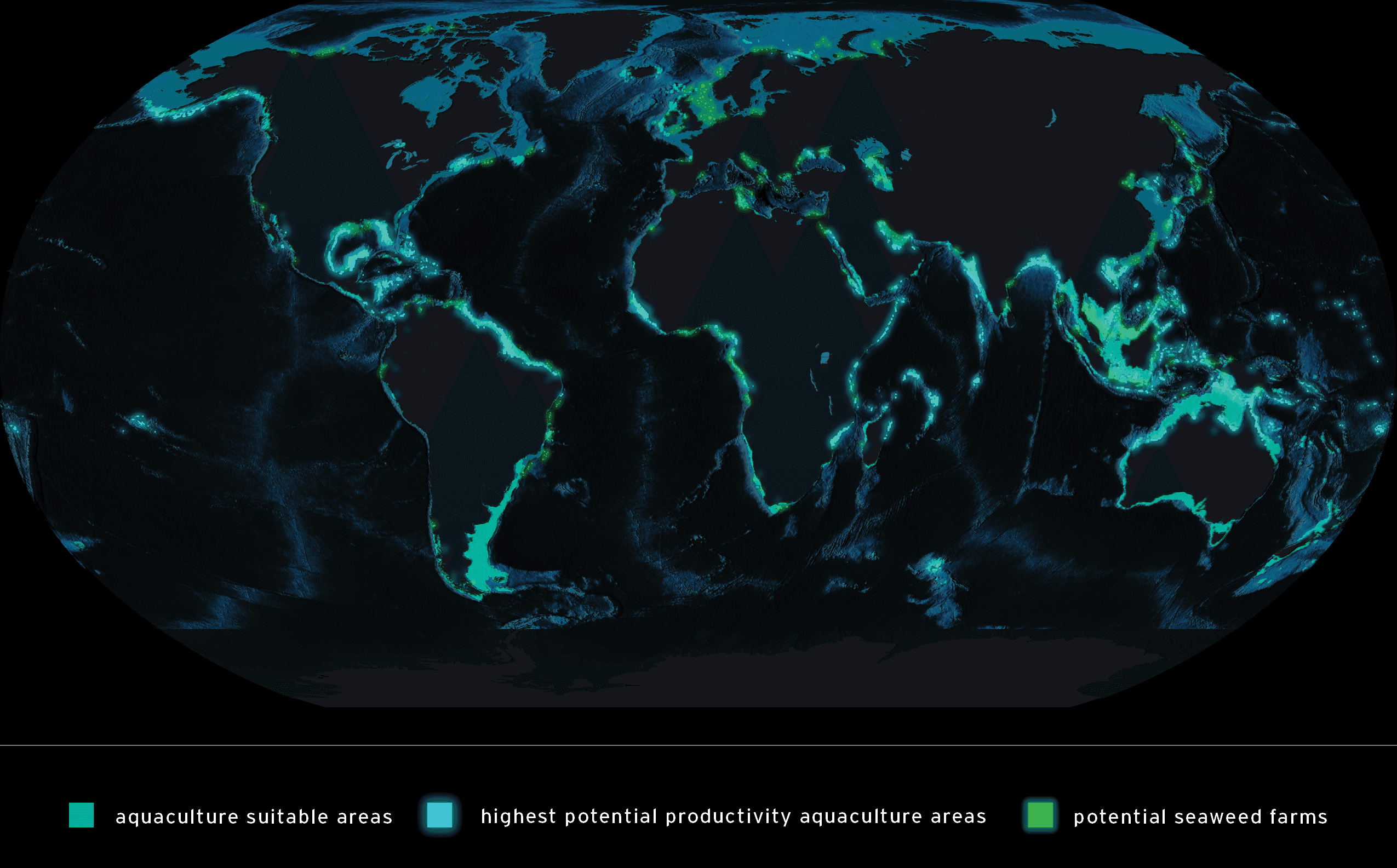
5% OF OPEN OCEAN AREA COULD SUPPORT FISH, BIVALVE, AND SEAWEED AQUACULTURE, BUT CURRENT PRACTICES TARGET NEARSHORE WATERS, AND TEND TO POLLUTE AND DEGRADE COASTAL HABITATS
Open-ocean aquaculture could produce as much as all wild-caught fish, using less than .02% of ocean area, while seaweed farming could help reduce or even reverse ocean acidification.
map source: Gentry, R.R., Froehlich, H.E., Grimm, D. et al. Mapping the global potential for marine aquaculture. Nat Ecol Evol 1, 1317–1324 (2017). Fig 1. Global Hotspots for finfish aquaculture.
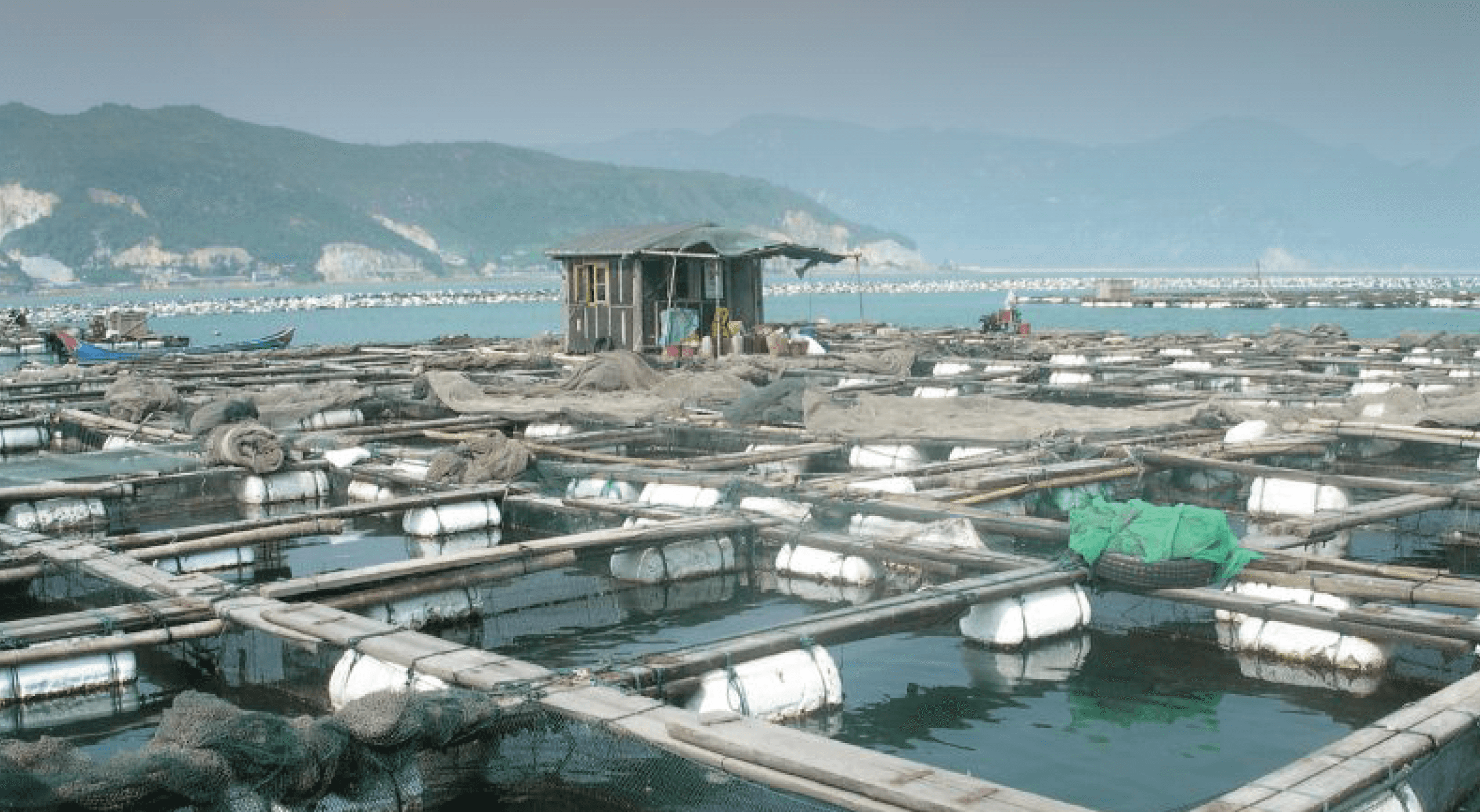
AQUACULTURE ACCOUNTS FOR 50% OF FISH CONSUMED GLOBALLY, YET THERE ARE NO WIDELY ACCEPTED STANDARDS FOR SUSTAINABLE FISH FARMING.
“Through competition for space, pollution, escaped farmed fish, parasites and disease, and the use of wild-caught fish for fish feed... [aquaculture has] proven disastrous in some parts of the world.”
Source: WWF. National Geographic. http://www.worldwatch.org/
TOP CONSUMED FISH IN THE U.S.
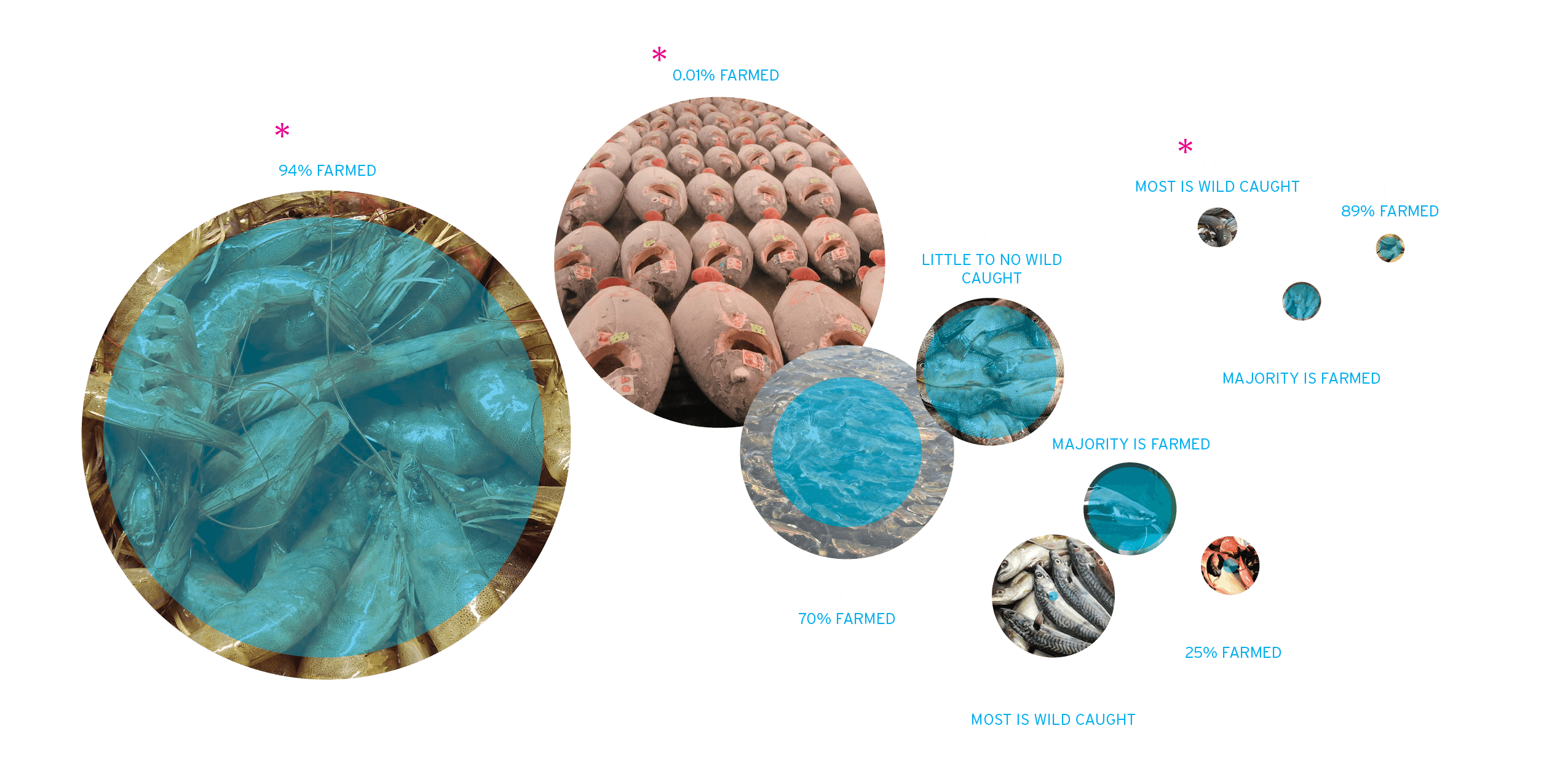
*overfished
Source: NOAA. Worldwatch Institute. NPR. Food Safety News. National Geographic. Wikipedia. NRDC.
THE AVERAGE FEED USED TO RAISE 1lb OF FISH
Sources: Paul Greenberg. Pimentel, David and Marcia. “Food, Energy & Society.” / Monterey Bay Aquarium. “Seafood Watch Report.” Ken stier, “fish farming’s growing dangers,” Time. Science.
YOUR CHOICES MATTER WITH FARMED FISH.
EAT LOWER DOWN THE FOOD CHAIN. EAT FISH FED A VEGETARIAN DIET, OR SHELLFISH.
EAT LOWER DOWN THE FOOD CHAIN
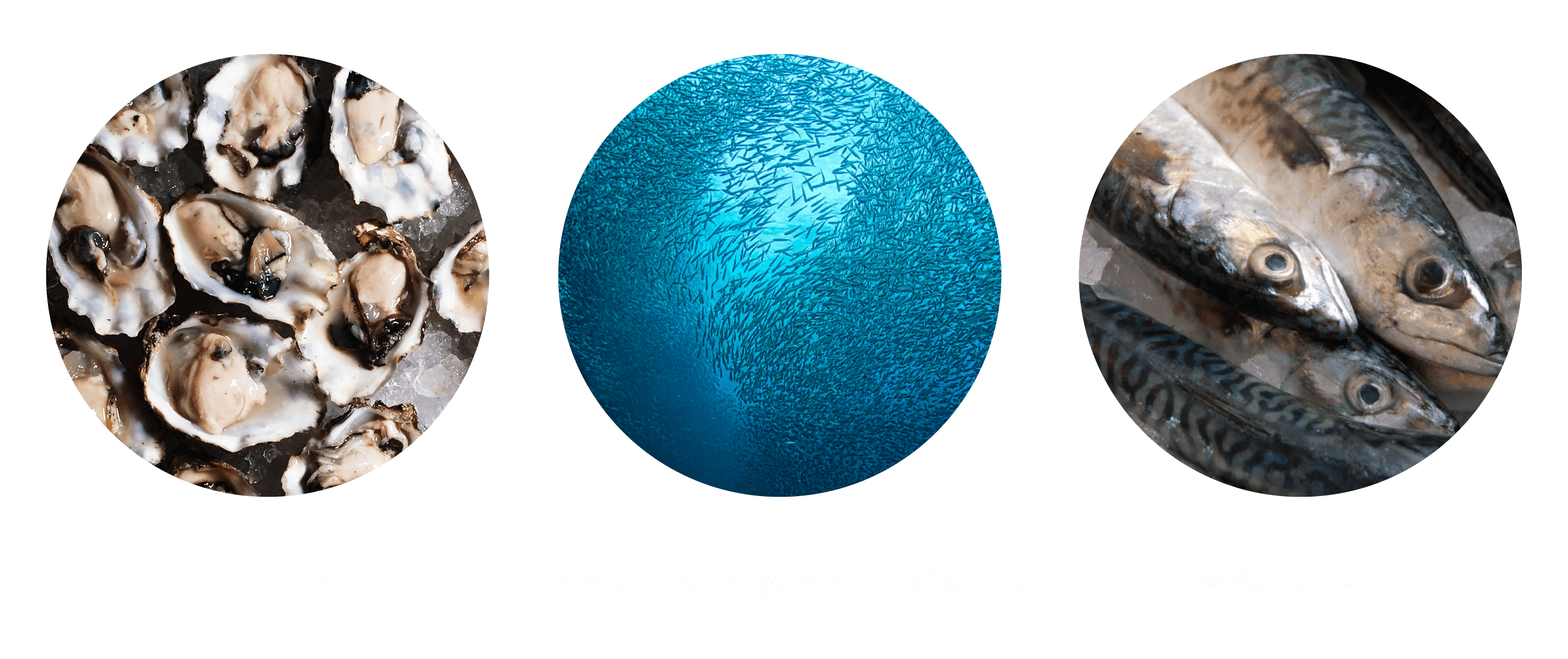
SHELLFISH | Most shellfish are a good choice. Oysters, mussels, and clams - farmed or wild - help improve water quality and, because of their shorter lifespans, tend to accumulate fewer contaminants.
SARDINE & ANCHOVIES | Smaller species reproduce really quickly, and in most cases are an abundant, strong, and fertile part of the food chain. The lower down on the food chain, the smaller your footprint on nature.
MACKEREL | Eat wild, not farmed. Mackerel is considered an ocean-friendly seafood choice because it is fast-growing and the fishing gear used for its harvest does not cause significant habitat destruction.
Sources: Rodale Institute. Andy Sharpless. New England Aquarium.
Best practices: Veta la Palma, spain
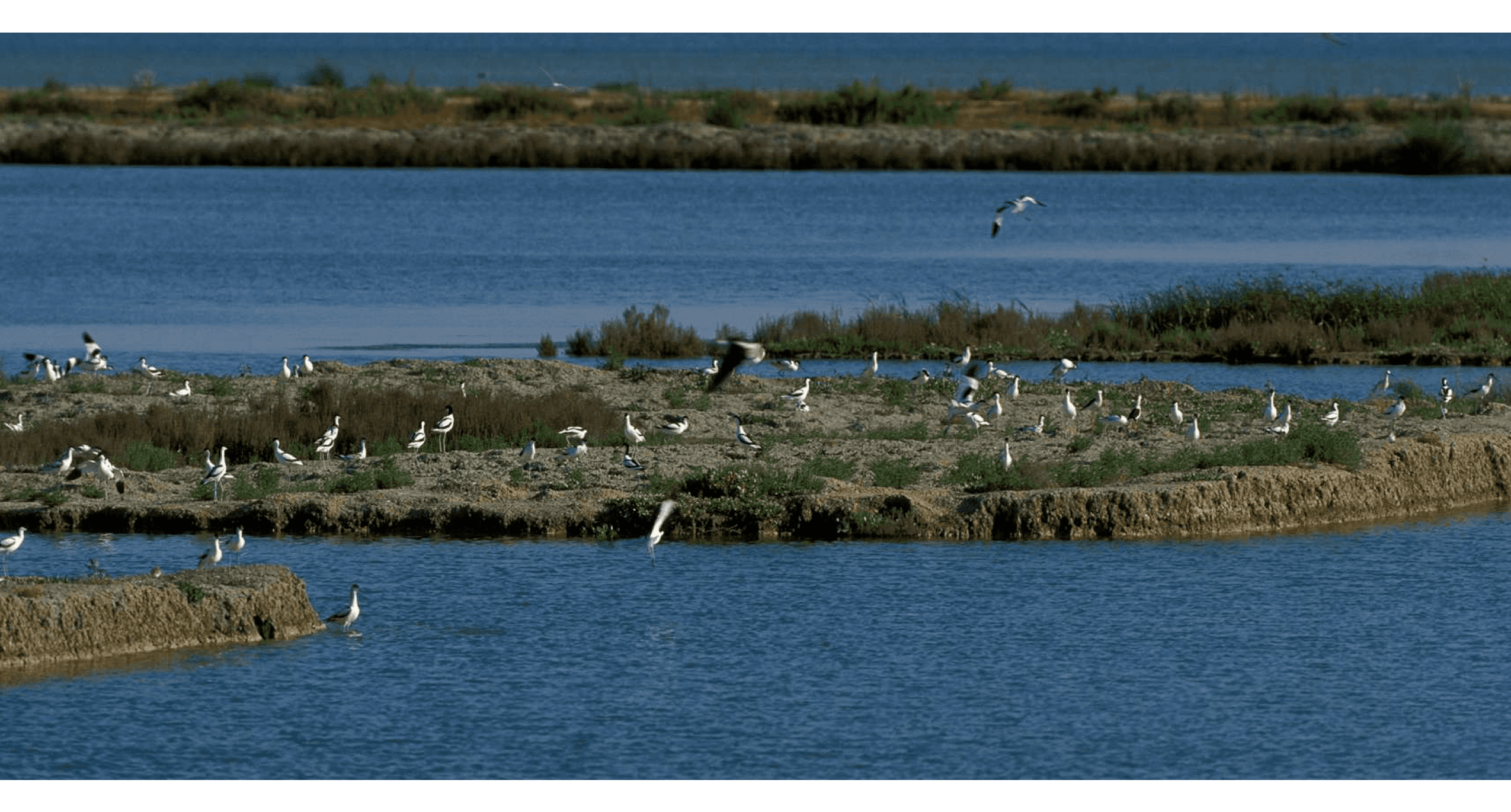
“Once a natural wetland that was drained to raise cattle, a sophisticated reverse pumping and channeling system was developed to re-establish a marshland habitat... that has created a habitat for raising several fish species as well as becoming one of the largest bird refuges in Europe, attracting almost 250 species of birds to the estate annually.”
Source: Rod Browne Mitchell.
Best Practices: Integrated rice-fish farming
China’s 7,000 year history of rice farming has been “100% organic.” Within the last 30 years, the stability of rice growing in China has been threatened by the over use of chemical fertilizers and pesticides and genetic engineering. By implementing Rice - Fish farming practices we can reduce the need to use chemicals for pest control by preserving a diverse rice field biota.
Sources: Worldwatch & FAO & “Integrating Aquaculture - More Fish Farming Than Fish; How Ancient Chinese Farmers Had it Right All Along, and Other Eco-friendly Rice Farming Methods Monica Tan, 2013; USDA, Specified Crops Harvested, Yield per Acre, 2002; Impact of Rice-Fish Culture Heckman 1979; Balzer et al. 2002; ”Five Holistic Alternative Farming Methods: Agroecology at its Best” Ioulia Fenton, Worldwatch.
SEAWEED
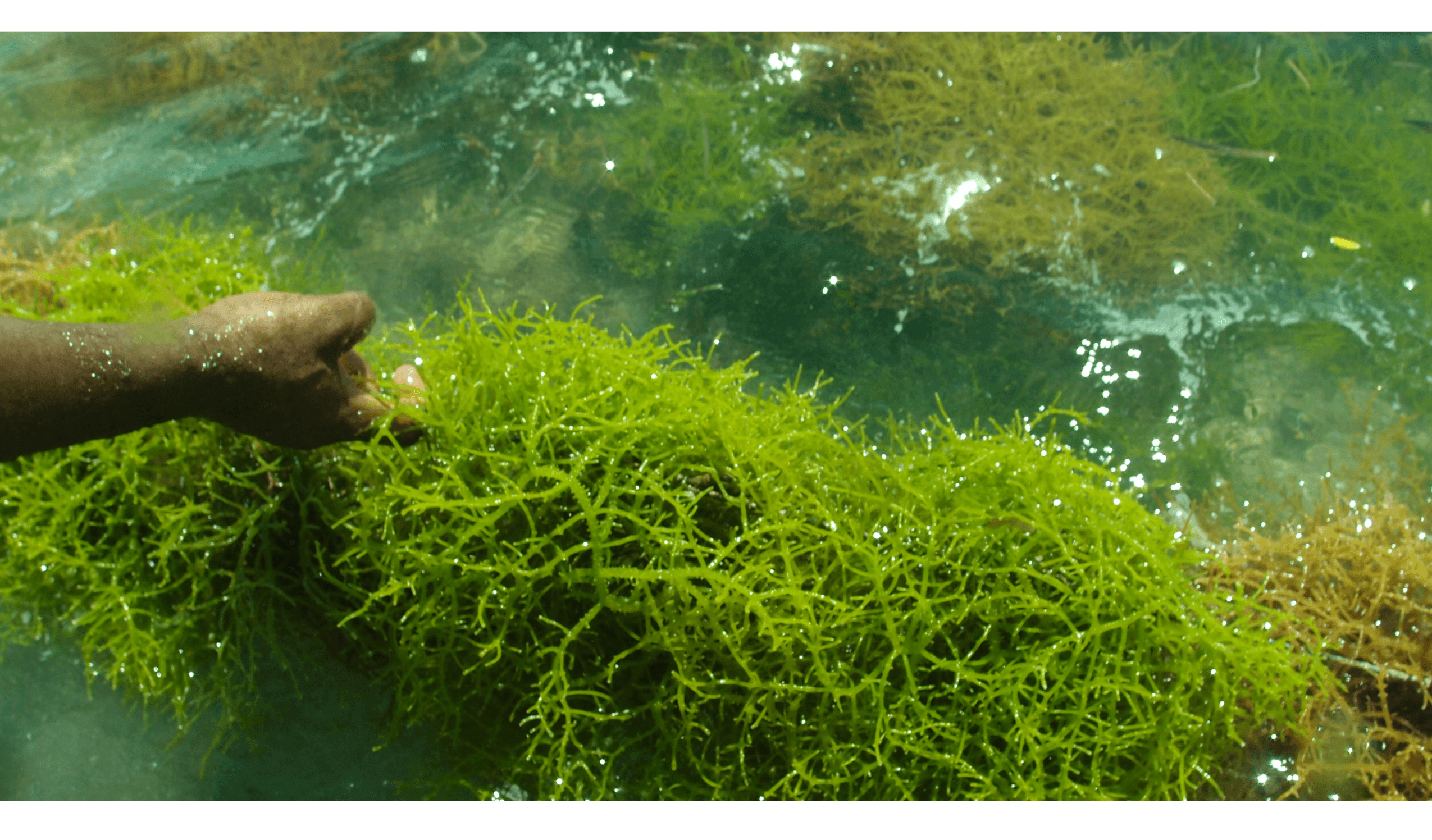
SEAWEED FARMING REQUIRES NO FERTILIZERS, FOREST CLEARING, WATER IRRIGATION, OR HEAVY USE OF FUEL-BURNING MACHINERY - AND, AS A RESULT, HAS A NEGATIVE CARBON FOOTPRINT.
Seaweeds are consumed as food or as herbal medicine, used as fertilizer, fungicide, herbicide, condiments and dietary supplements, and provide proteins, minerals, and essential vitamins to the consumer.
Source: www.theatlantic.com. World Bank. Seaweed Sustainability: food and non-food applications (2015) Elsevier. Image Source: Wikimedia Commons. Edible Seaweed.
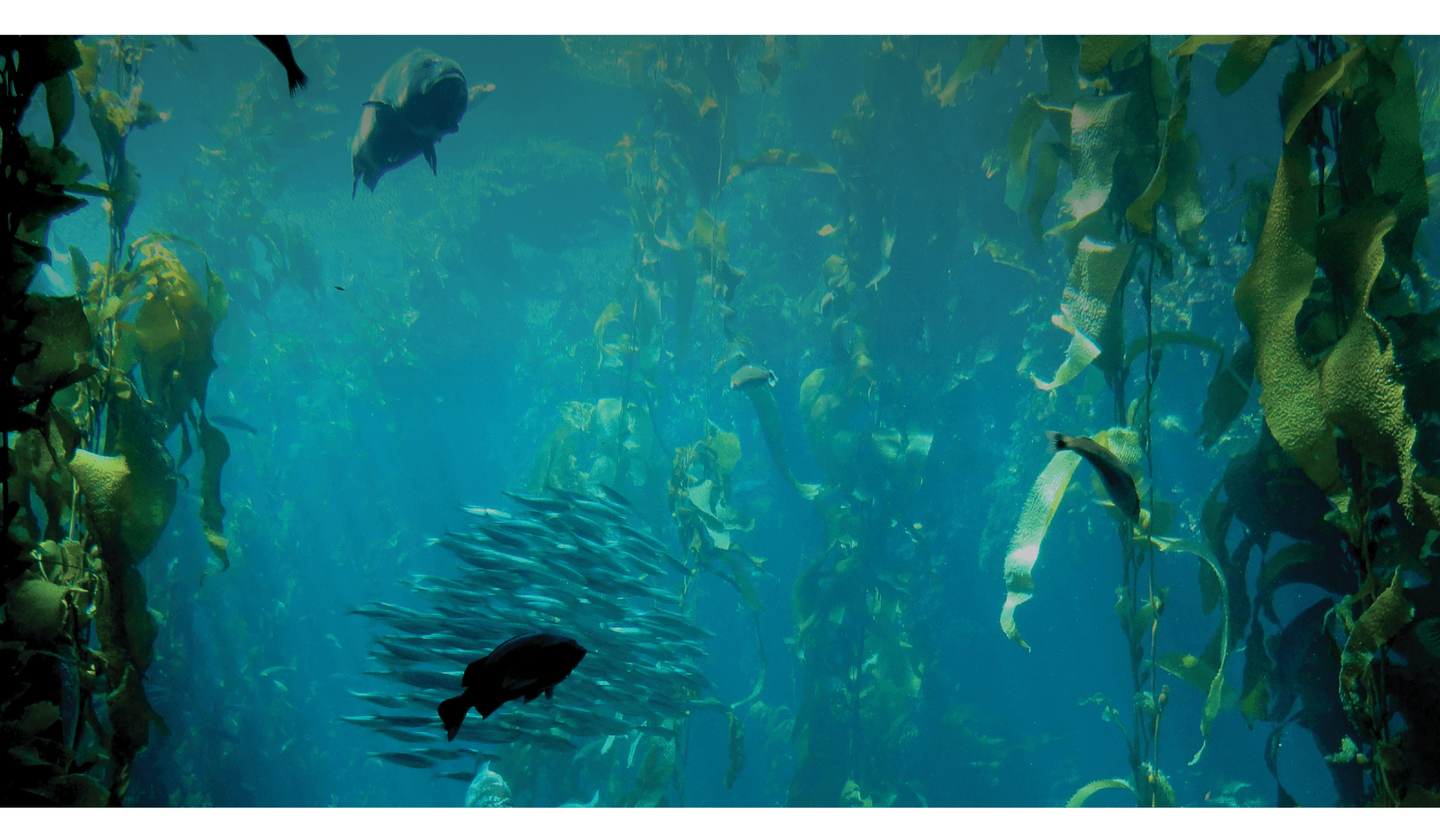
"SEAWEED COULD SAVE THE OCEANS FROM BECOMING TOO ACIDIC." - Tim Flannery
"One study asserted that Seaweed farming could produce enough biomethane to replace all of today’s needs in fossil fuel energy, while removing roughly 100% of annual green house gas emissions."
Source: “Seaweed could save the worlds ocean’s from becoming too acidic” Tim Flannery, Quartz News
BEST PRACTICES: GREEN WAVE
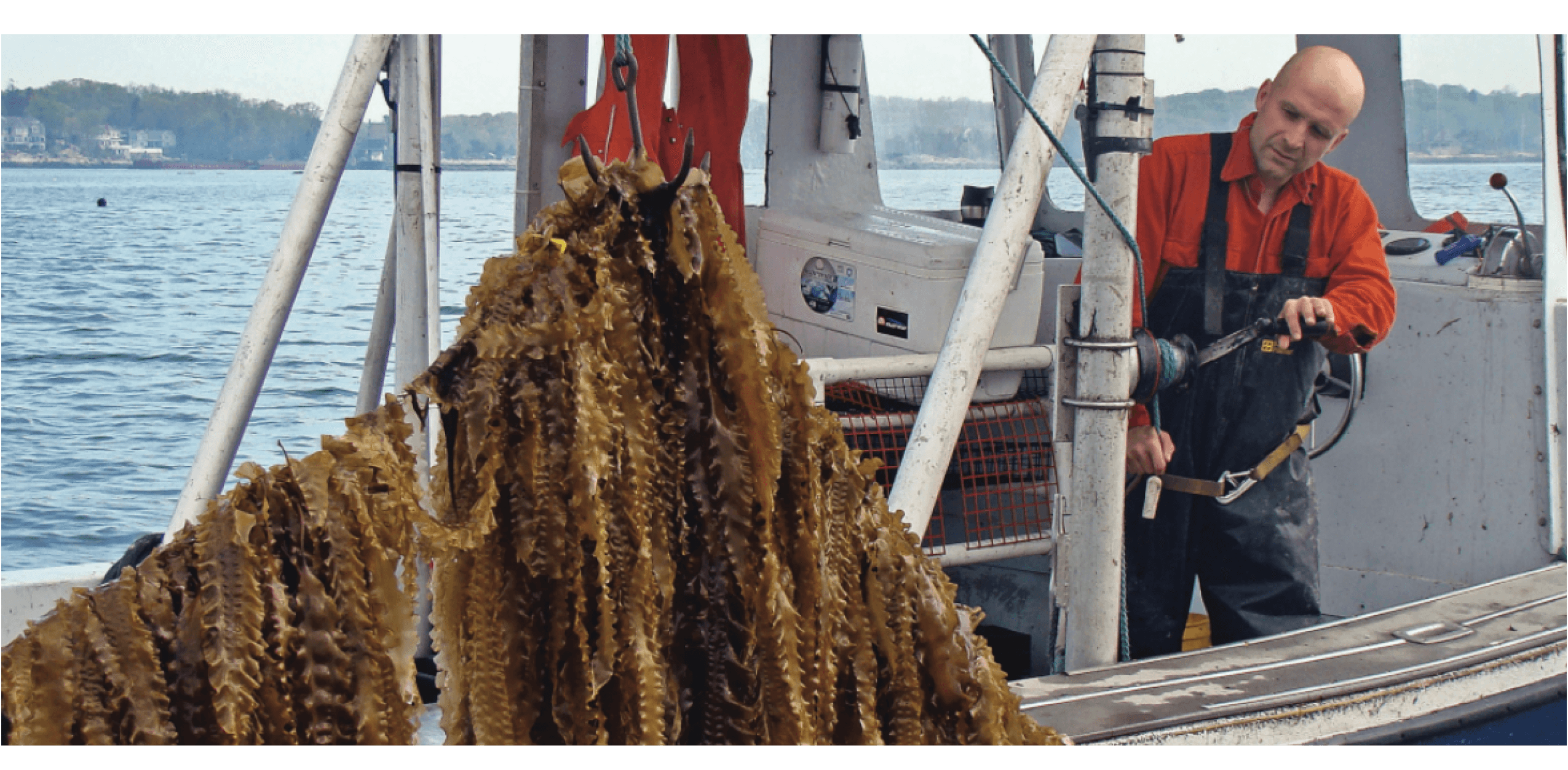
In Bren Smith’s 3-D ocean farms “seaweed, mussels and scallops hang from floating ropes. Oysters grow in cages below... and cages of clams hang beneath them... [the] Kelp soaks up five times as much carbon as land-based plants while oysters filter 50 gallons of water a day.... [these farms can produce] 30 times more biofuel than soybeans and five times more biofuel than corn – without polluting the food chain.”
Source: “GreenWave ocean farming model scoops $100,000 sustainability prize” The Guardian. Image: NPS, Glacier National Park. public domain.
Next solution



Learn about Maya Lin’s fifth and final memorial: a multi-platform science based artwork that presents an ecological history of our world - past, present, and future.

Discover ecological histories and stories of former abundance, loss, and recovery on the map of memory.

Learn how we can reduce our emissions and protect and restore species and habitats – around the world.

See how art can help us rethink the problems we face, and give us hope that each one of us can make a difference.

Help make a global memorial something personal and close to home. Share your stories of the natural world.